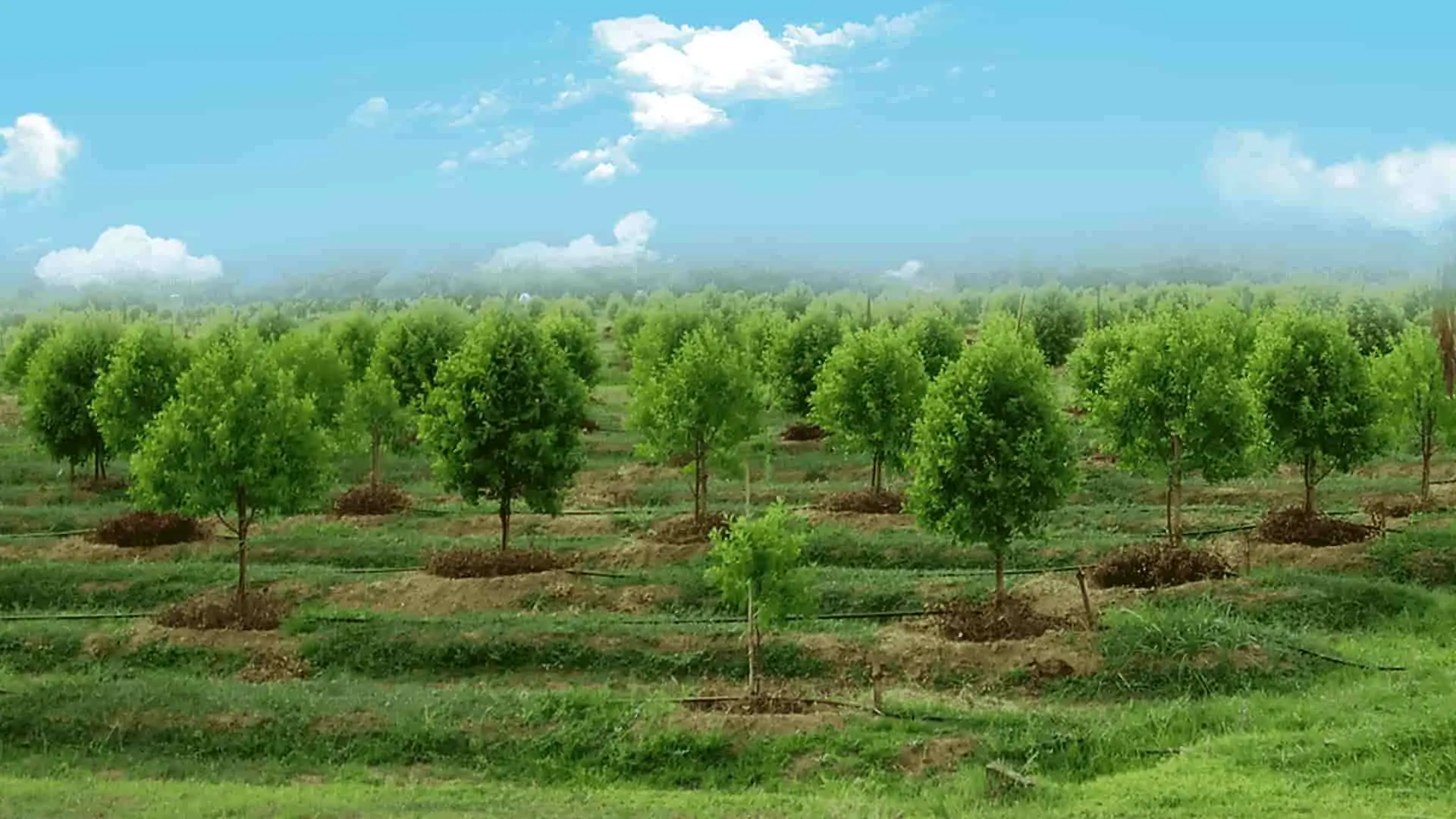
Why are the Sandalwood Plots Expensive?
Sandalwood, also known as the "gold of fragrances," is a highly prized tree species that has been used for centuries in various industries, including perfumery, cosmetics, and traditional medicine. Sandalwood is known for its fragrant heartwood, which is obtained from the mature trees of the Santalum species. Sandalwood trees are slow-growing and require specific environmental conditions, making them rare and highly sought after. As a result, sandalwood plots are expensive, and the market for them is highly competitive.One of the primary reasons why sandalwood plots are expensive is the time it takes for the trees to mature. Sandalwood trees can take up to 30 years to reach a harvestable age, with some varieties taking even longer. This slow growth rate means that the supply of sandalwood is limited, and the demand is high. As a result, the cost of sandalwood is often higher than other tree species.
Another reason for the high cost of sandalwood plots is the specific environmental conditions required for their growth. Sandalwood trees thrive in tropical and subtropical climates and require well-drained soils. These conditions limit the areas where sandalwood can be grown, further limiting the supply and driving up the cost. Additionally, the illegal trade in sandalwood has further contributed to the high prices. Illegal harvesting and smuggling of sandalwood has resulted in tighter regulations and controls, making it more difficult and expensive to obtain legitimate sandalwood products. These regulations and controls have resulted in a more limited supply of sandalwood, driving up the cost.
The high demand for sandalwood is not limited to the fragrance and cosmetic industries. Sandalwood is also used in traditional medicine and is believed to have numerous health benefits, including reducing anxiety, promoting relaxation, and improving mental clarity. The growing popularity of sandalwood as a natural remedy has further driven up demand, resulting in higher prices. In conclusion, the high cost of sandalwood plots can be attributed to a variety of factors, including the slow growth rate of the trees, the limited supply due to specific environmental conditions, the illegal trade in sandalwood, and the high demand for its use in various industries. While the cost may seem steep, the value of sandalwood is undeniable, and the fragrant heartwood it produces is truly a treasure worth investing in.